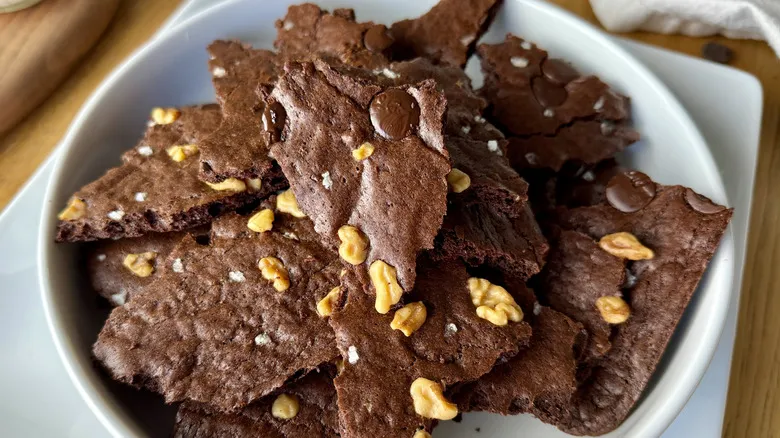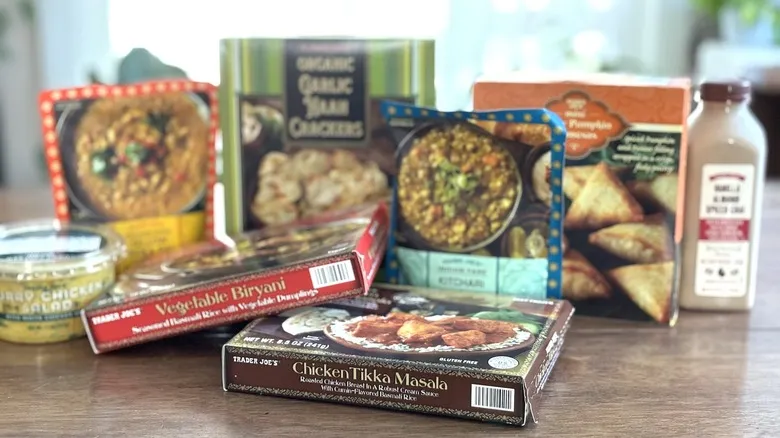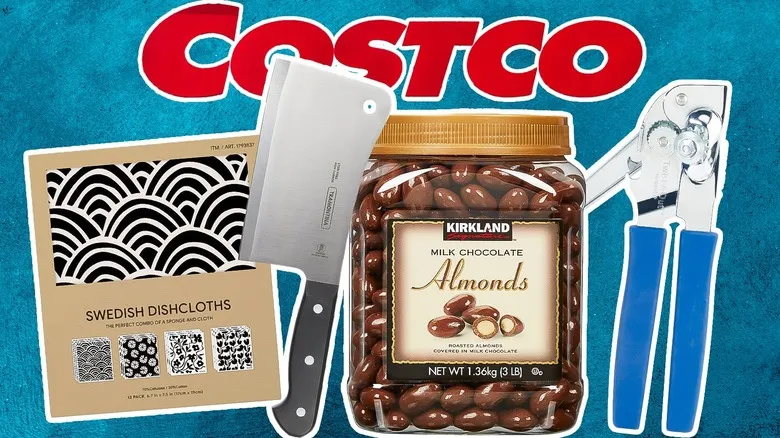Birria and barbacoa have different origins
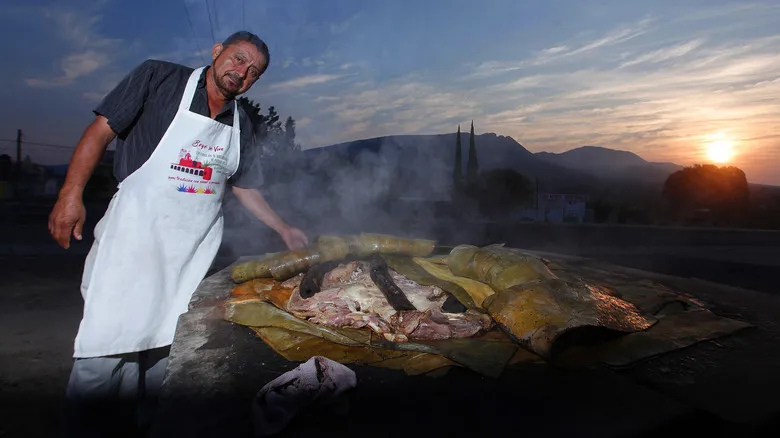
The birria cooking technique originates from Jalisco, Mexico. When the Spanish colonized Mexico, they introduced livestock, including goats. As the goat population grew, it became essential to make use of goat meat. However, the meat was tough and not very appealing, prompting people to tenderize it by simmering it in a seasoned broth, known as consomé, over a flame for several hours. Eventually, this method gained popularity in modern times with the use of beef instead of goat, as beef was more affordable — leading to the creation of beef birria.
In contrast, the barbacoa style has its origins in Barbados. It is believed that the Taino people developed this technique, which involves slow-cooking marinated meat over a fire pit using various herbs and spices. This slow-cooking method results in tender meat, similar to birria, but it does not include the broth, making it less soupy. Over time, the barbacoa technique made its way to Mexico, where it remains a popular cooking style today, contributing to its association with Mexican cuisine.
Birria is marinated in flavorful broth
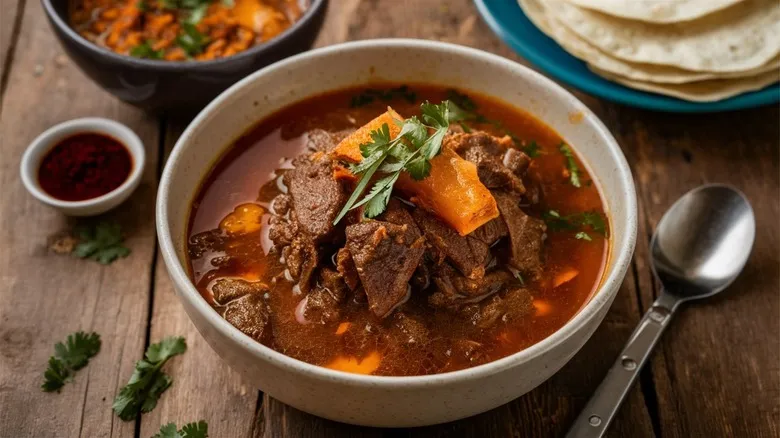
To make birria, you start by preparing the consomé. This can be done using either water or beef stock. First, sear the beef on all sides, then take it out of the pot and set it aside. In the same pot, sauté vegetables such as onions, tomatoes, and chiles. Next, add water or beef stock and let it simmer until it reduces by half. After that, blend the entire broth mixture until smooth, then return both the beef and the consomé to the pot. The beef is then braised in the liquid until it is fully cooked and tender, which takes several hours. You can serve the beef in the consomé as a stew, which is the traditional way, or you can shred it for tacos, quesadillas, and other dishes, with the consomé served on the side. While birria is usually cooked over an open flame, it is also frequently prepared in a slow cooker in the United States, as it allows for unattended cooking.
Barbacoa is cooked in a large oven pit
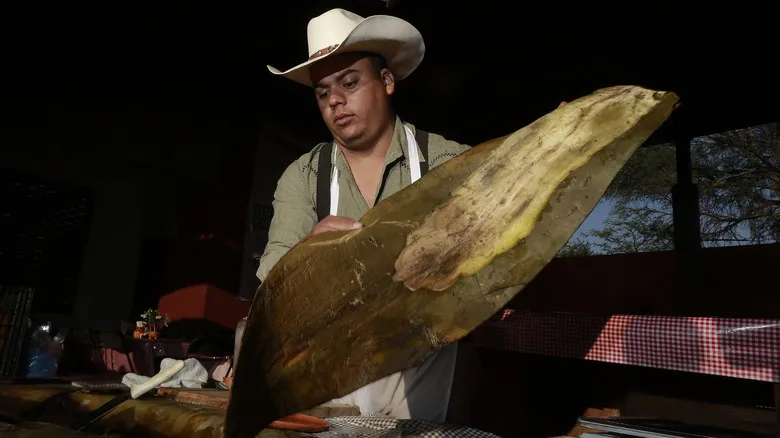
The cooking technique for barbacoa utilizes leaves and fire. While it has its roots in the Caribbean, the barbacoa you may be familiar with is typically prepared using a Central Mexican method. This involves cooking in a large oven that is dug into the ground, often constructed from bricks. The oven is heated with wood until it reaches a high temperature.
When it's time to cook the meat, it is first wrapped in maguey leaves (though banana leaves can also be used), which is crucial for this method as it enhances flavor and retains moisture. The wrapped meat is then placed on grates inside a large pot, allowing it to be exposed on all sides.
The pot is lowered into the underground oven and topped with the animal's organs, along with various spices and herbs for additional flavor. The oven is sealed with metal and covered with dirt, allowing the meat to cook for several hours or overnight. The end result is tender, flavorful meat that falls apart easily, without the soupy consistency typical of birria.
Recommended
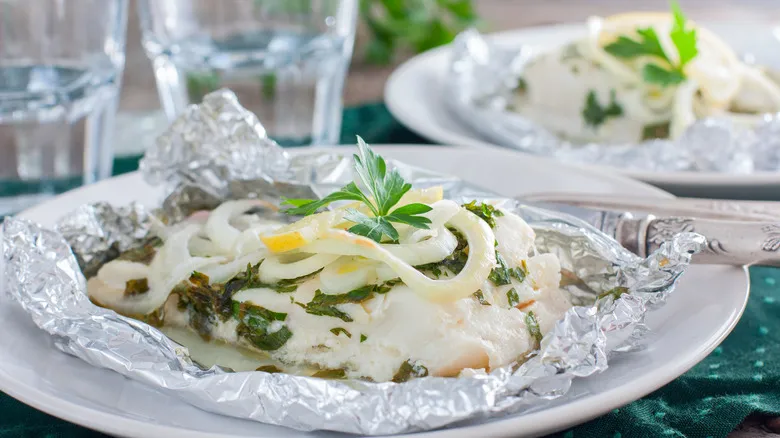
The Foil Packet Method For Grilling Irresistibly Good Cod
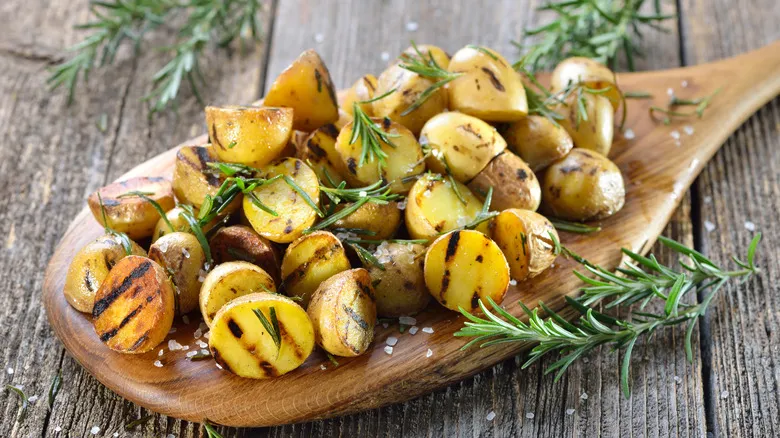
Foil Or No Foil: How Should You Be Grilling Potatoes?
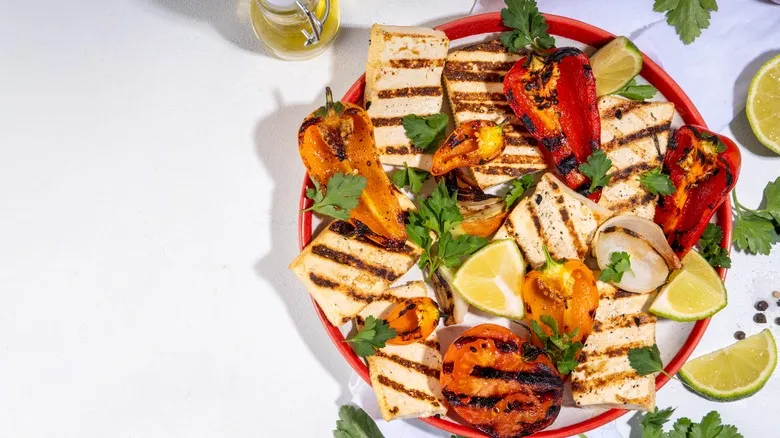
The Only Type Of Tofu You Should Be Grilling
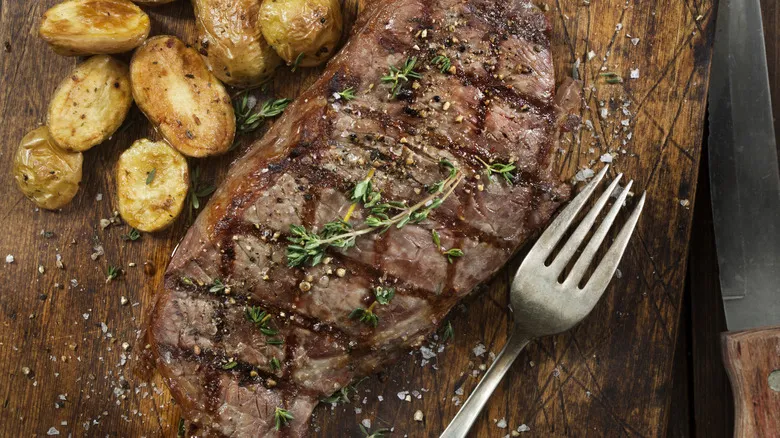
The Spray Bottle Hack To Grill Extra Flavorful Steaks
Next up


